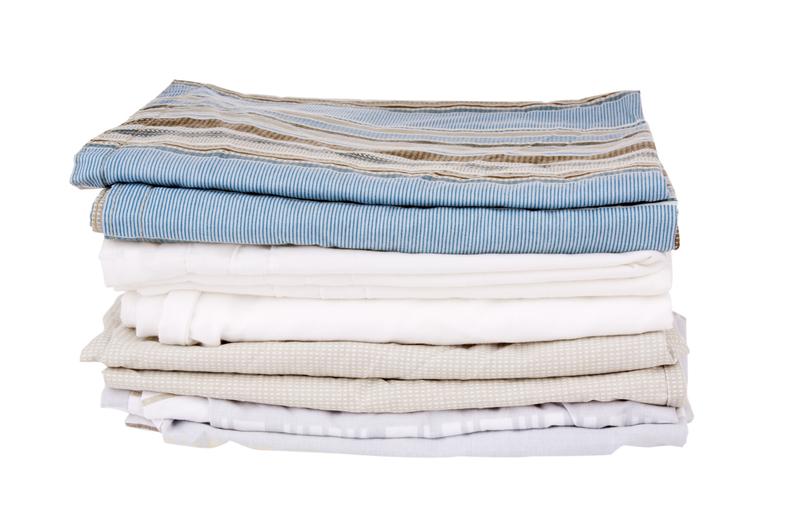Home Paper Recycling Guide: 6 Steps
Recycling paper at home is a simple yet impactful way to help the environment. Not only does it reduce waste, but it also conserves natural resources and energy. Here's a comprehensive six-step guide to making paper recycling part of your daily routine.

Step 1: Gather Materials
Start by assembling all the paper items in your home that are recyclable. Common items include newspapers, magazines, junk mail, printer paper, and cardboard. Make sure to separate these from non-recyclables like plastic-coated paper, photographs, and paper towels.
Step 2: Set Up A Recycling Station
Designate a specific area in your home for paper recycling. Use bins or boxes to keep your papers organized. Label these containers clearly so that all household members know where to deposit their recyclables.
Step 3: Prepare the Paper
Before recycling, make sure your papers are clean and dry. Remove any staples, paperclips, or sticky notes, as they can cause problems in the recycling process. If you have shredded paper, be sure to contain it in a paper bag to avoid it scattering.
Step 4: Know Your Local Guidelines
Recycling guidelines can vary by location. Check with your local recycling program to understand what types of paper they accept and any specific preparation requirements. Some programs may not accept glossy magazines or colored paper, for instance.
Step 5: Arrange for Collection or Drop-off
Most municipalities offer curbside recycling programs. Ensure that you place your paper recycling bin out on the designated day. If curbside service isn't available, find the nearest recycling drop-off center.
Step 6: Eco-friendly Disposal
In cases where paper can't be recycled, consider other eco-friendly disposal methods. Composting is a great way to turn certain types of paper into a valuable soil additive. Alternatively, get creative with DIY projects that repurpose old paper into new items like gift wrap, bookmarks, or even home decorations.
Pros and Cons of Home Paper Recycling
Pros:
- Reduces landfill waste
- Conserves natural resources
- Saves energy
- Reduces greenhouse gases
- Promotes environmental awareness
Cons:
- Requires time and effort
- Space-consuming
- Inconsistent recycling guidelines
- Limited acceptance of certain paper types
Tips for Successful Paper Recycling
- Keep your recycling area neat and accessible.
- Educate family members about what can be recycled.
- Rinse containers that held food or liquids.
- Keep track of local changes in recycling rules.
- Avoid contaminating recyclables with non-recyclable materials.

Takeaways
Recycling paper at home is a manageable task with significant benefits. By setting up a system, preparing your papers correctly, and staying informed of local guidelines, you can make a meaningful difference. Though it requires some effort, the environmental rewards far outweigh the inconveniences.
Conclusion
Home paper recycling is an effective way to contribute to environmental conservation. By following these six steps, you can ensure that you're recycling efficiently and responsibly. From gathering materials to arranging for collection, each step is crucial for successful recycling. Keep in mind the pros and cons, utilize the tips provided, and understand the takeaways to make your recycling efforts as effective as possible.
